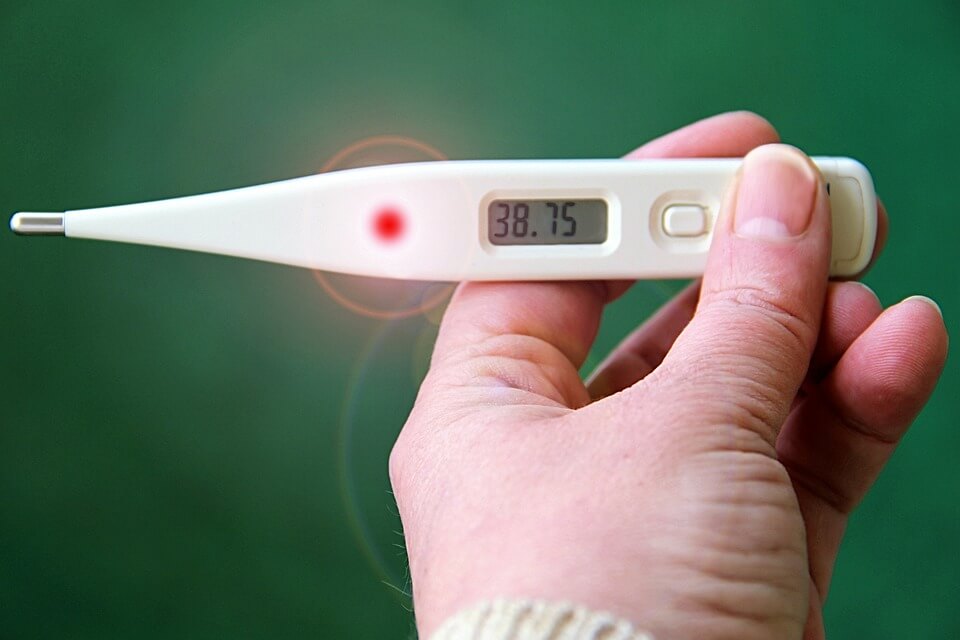What are the causes of fever? Learn about fever, its symptoms, causes, and treatment options. Find out how to manage fever and when to seek medical attention.

Source: pixabay.com
Fever; is an elevation of the body temperature above the normal level of about 98.6° F (37° C). The normal body temperature varies slightly from one person to another and even in the same person. For some people a temperature of 99° F (37.2° C) is normal, while for others a normal temperature may be as low as 97° F (36.1° C).
In most people the body temperature tends to vary slightly during the day. Although the usual variation ranges from 0.5° F to 1° F, it may fluctuate as much as 2°. Generally, the body temperature is lowest in the early morning hours of deep sleep and is highest in late afternoon.
Fever, known medically as pyrexia, is not itself a disease but only a symptom of an underlying disorder. Although mild or moderate temperatures may cause some discomfort, they are not harmful to the body. Temperatures over 105° F (40.6° C), however, may produce a strain on the heart and other organs. Temperatures over 108° F (42.2° C) may cause death although people have survived fevers of 112° F (44.4° C).
Causes of Fever
A wide variety of disorders can produce fever. Infections, such as influenza, infectious mononucleosis, and pneumonia are the most common causes of fever, usually producing temperatures ranging from 101° F to 103° F (38.3° C-39.4° C). Except in severe infections, temperatures over 104° F (40° C) rarely occur.
Fever may also be caused by injuries to body tissues and is common with many types of tumors, particularly lymphomas and certain cancers, such as cancer of the lung, kidney, stomach, or pancreas. Fever may also accompany a stroke and may occur with certain disturbances of the normal immune mechanisms, as occurs in the collagen diseases. Fever may also be a symptom of certain metabolic disorders, such as gout. It may also accompany a heart attack, probably resulting from injury to the heart muscle.
Injuries or diseases of the brain, especially the temperature-regulating centers, may cause fever, as may hyperthyroidism and other diseases in which the body s heat production is increased. Fever may also result when a patient is given drugs that increase his metabolic rate. Occasionally a person develops a fever for no apparent cause. Such patients are said to have a fever of unknown origin, or “F. U. O.”
The most striking elevations of body temperature occur in people with heatstroke, where the mechanisms for cooling the body suddenly fail to function, sweating stops, and the flow of blood to the skin decreases. It is in these cases that the highest body temperatures—temperatures of 110° F to 112° F (43.3° C to 44.4° C) tend to occur. The skin of the patient often feels cool even though his internal temperature is very high.
Treatment
In any condition in which fever occurs, it is important to find out the cause of the fever and then treat the underlying disorder. The management of the fever itself is only important when the fever is very high, over 104° F (40° C). In such cases, if aspirin and other antipyretic (fever-reducing) drugs fail to lower the patient’s temperature, he may be cooled by sponging with alcohol or by being immersed in a tub of cold water. In a hospital the patient may be placed on a special cooling mattress. For mild and moderate fevers, aspirin and other antipyretic drugs are usually sufficient to bring the patient’s temperature down to normal.
***This article is for informational purposes only. It is not a doctor warning or recommendation.